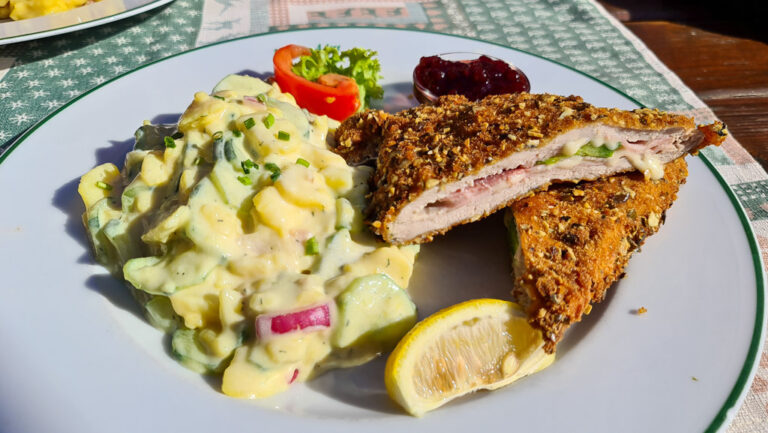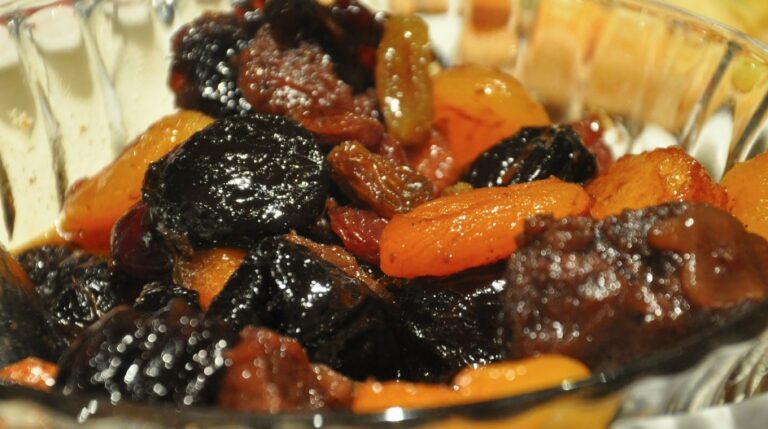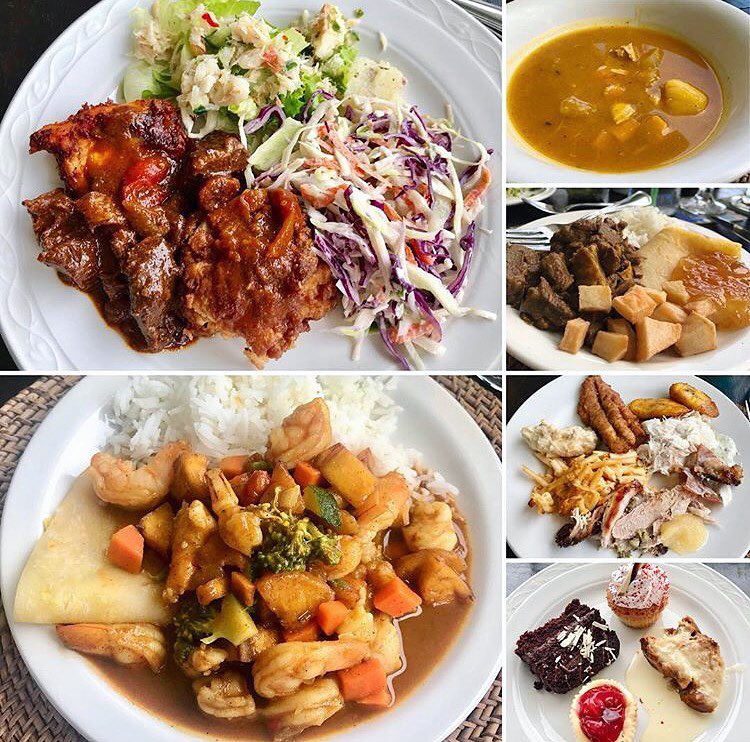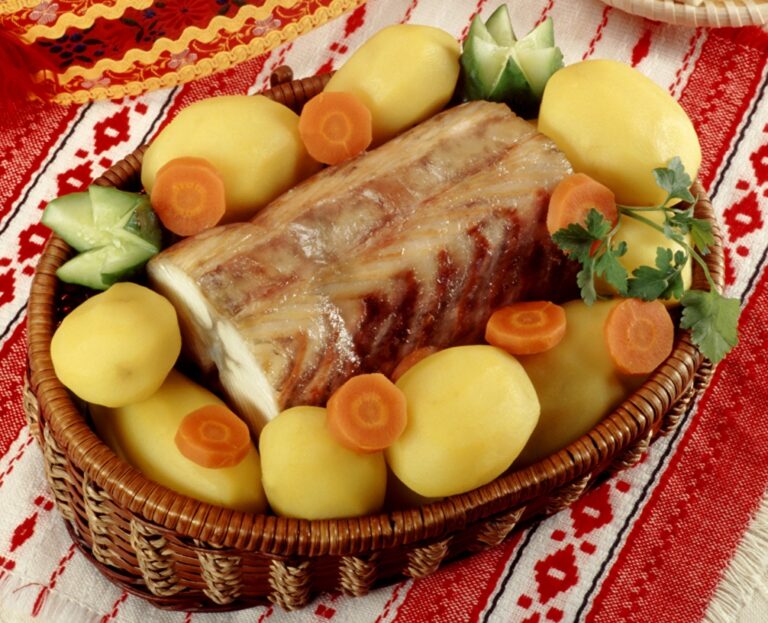Introduction to Bahraini Spice Blends
Bahrain has a rich culinary tradition that is heavily influenced by its location at the heart of the Persian Gulf. The country’s cuisine is known for its bold and aromatic flavors, which are achieved through the use of a variety of spice blends. These blends are often made up of a combination of herbs, spices, and other flavorings that are carefully selected to enhance the taste of the dishes they are used in.
Baharat: The All-Purpose Seasoning
Baharat is a traditional spice blend that is commonly used in Bahraini cuisine. It is a versatile seasoning that can be used to flavor a wide range of dishes, from soups and stews to grilled meats and vegetables. The blend typically includes a combination of black pepper, cumin, coriander, cinnamon, and cloves, along with other spices. The exact recipe for baharat can vary depending on the cook, but it is generally agreed that the blend should be warm and aromatic, with a slightly sweet and slightly bitter taste.
Garam Masala: The Fragrant Spice Blend
While garam masala is traditionally associated with Indian cuisine, it is also a popular spice blend in Bahraini cooking. Garam masala is a fragrant blend of spices that is typically used to add flavor to curries, soups, and stews. The blend usually includes a combination of cinnamon, cardamom, cloves, cumin, and coriander, along with other spices. The exact recipe for garam masala can vary depending on the region and the cook, but it is typically warm and aromatic, with a slightly sweet and slightly bitter taste.
Hawaj: The Yemeni Influence
Hawaj is a traditional spice blend that is commonly used in Yemeni and Bahraini cuisine. The blend is made up of a mixture of spices, including cumin, coriander, turmeric, and black pepper. The exact recipe for hawaj can vary depending on the cook, but it is generally agreed that the blend should be warm and aromatic, with a slightly sweet and slightly bitter taste. Hawaj is typically used to flavor soups, stews, and rice dishes.
Za’atar: The Tangy Blend
Za’atar is a tangy and fragrant spice blend that is commonly used in Middle Eastern cuisine, including Bahraini cooking. The blend is made up of a mixture of dried herbs, including thyme, oregano, and marjoram, along with sesame seeds and sumac. The exact recipe for za’atar can vary depending on the region and the cook, but it is typically tangy and slightly salty, with a nutty flavor from the sesame seeds.
Advieh: The Unique Iranian Mix
Advieh is a traditional spice blend that is commonly used in Iranian and Bahraini cuisine. The blend is made up of a mixture of spices, including cinnamon, cumin, coriander, cardamom, and rose petals. The exact recipe for advieh can vary depending on the region and the cook, but it is typically warm and aromatic, with a slightly sweet and slightly bitter taste. It is often used to flavor rice dishes and stews.
Dukkah: The Nutty Flavoring
Dukkah is a nutty and flavorful spice blend that is commonly used in Egyptian and Bahraini cuisine. The blend is made up of a mixture of toasted nuts and seeds, including hazelnuts, sesame seeds, and coriander seeds, along with other spices. The exact recipe for dukkah can vary depending on the region and the cook, but it is typically nutty and slightly spicy, with a slightly sweet and slightly bitter taste. It is often used as a dip for bread or as a seasoning for salads and vegetables.
Ras el Hanout: The Complex Blend
Ras el Hanout is a complex and flavorful spice blend that is commonly used in Moroccan and Bahraini cuisine. The blend is made up of a mixture of spices, including cumin, coriander, cinnamon, ginger, and turmeric, along with other spices. The exact recipe for ras el hanout can vary depending on the region and the cook, but it is typically warm and aromatic, with a slightly sweet and slightly bitter taste. It is often used to flavor tagines, stews, and couscous dishes.










